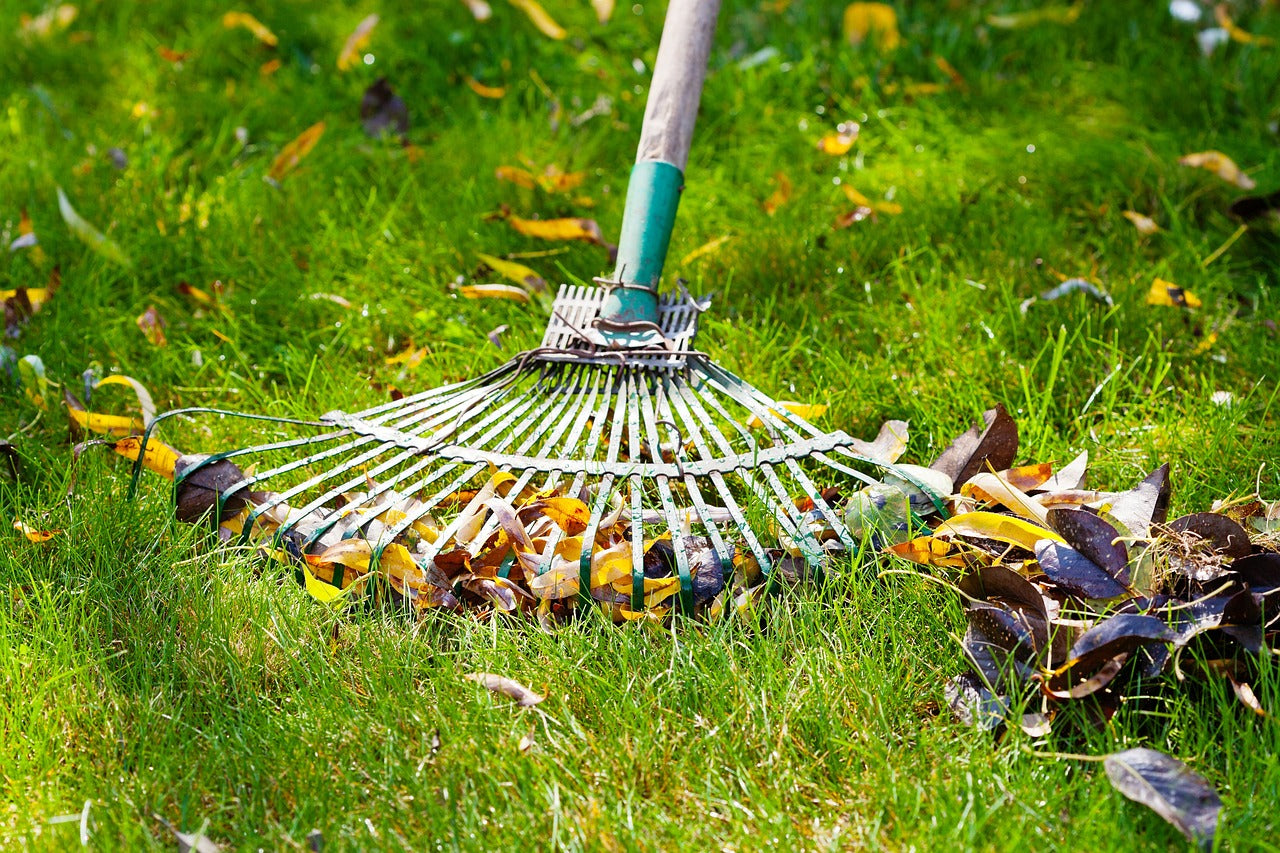- Don't Prune In the Fall - this will help preserve your plants and hedges. Pruning late in the summer can cause new growth to be too weak to survive the cold winter temperatures. By avoiding pruning from August through October, you allow your plants to gain strength before harsher elements arrive.
- Adjust the Height When Mowing Your Lawn - Height variations prevent thatch and disease while avoiding root damage from extreme cold. Identify your grass type for the best results. Cooler grass types should be cut about an inch lower during the fall. While warm season grasses can easily get root damage if cut too short so it is best to leave them longer than the rest of the year.
- Fertilize Your Lawn - Fall is the most important time to fertilize your lawn! This process gives your lawn the strength it needs to survive the harsh winter and grow back more robust in the spring. The excessive dew in the fall helps the fertilizer to absorb and provides your lawn more nitrogen. Don't overlook fertilizing your trees and shrubs at this time as well as the same logic applies for them. Use a fertilizer specifically designed with the formulation for winter months.
- Keep Your Lawn Raked - Allowing leaves to remain on your lawn can damage the grass blades so raking often is a must. Or you can consider getting a mower that also mulches your yard as the fine particles from mulching decompose into a natural fertilizer to help strengthen your grass.
- Aerate Your Lawn - this process creates a lusher, healthier grass. It's a simple process of creating small holes to encourage air, water and nutrients to reach the grassroots, stimulating growth. Aeration also reduces soil compaction and eliminates thatch, making the lawn more able to absorb the necessary resources. Again, the time for aerating depends on the type of grass. Cool season grass is best to aerate in the early spring or early fall. Warm season grass should only be aerated in late spring or early summer. You can purchase different types of tools for aerating your lawn. For smaller lawns spiked shoes may suffice. Larger jobs may require use of a mower attachment or require hiring a service with the equipment to handle the job.
- Winterize Garden Hoses and Spigots - Drain the water from your garden hoses prior to freezing temperatures and faucet covers protect your outdoor spigots from damage.
These are the main areas of focus to prepare your lawn for the fall. You may have other items that need to be addressed as well. Remember to winterize your mower and lawn equipment and to prepare your gutters by making sure they are clear of obstructions. If you have an irrigation system, you will want to winterize that as well and adjust the schedule, so your lawn is not receiving the amount of water it requires in the warmer months.
Don't forget that the work you put in at the fall season will be rewarded in the spring when your lawn comes back lush and beautiful.

